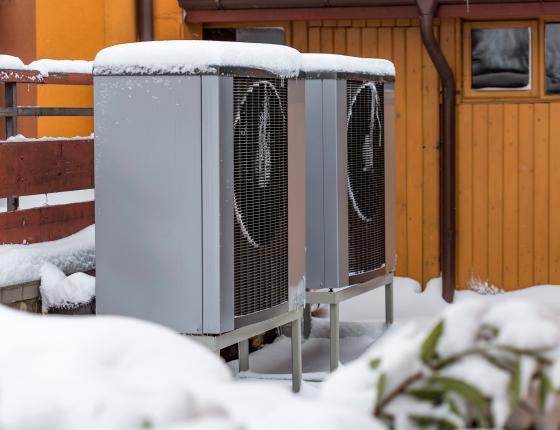Overview
Although heat pumps can perform efficiently and effectively for most space heating needs, available products lose performance in the coldest conditions. To ensure resiliency, current practice in Minnesota is to accompany residential heat pumps with a redundant heating system, either combustion or electric resistance. Redundant systems are expensive, technically challenging to integrate properly, and can cause excessive electricity demand, especially during the coldest days of the year.
The project team will evaluate at least two different commercially available thermal storage technologies that address many of the shortcomings of cold climate heat pumps for space heating in MN. These technologies integrate heat pumps with thermal storage to enable resilient and efficient space heating, potentially without supplemental gas heating or excessive electricity demand.
Heat Pumps With Thermal Energy Storage Project Survey
Center for Energy and Environment (CEE) is evaluating strategies for pairing thermal energy storage with air source heat pumps (ASHPs) in Minnesota. This project is funded by the Conservation Applied Research and Development (CARD) program, administered by the Minnesota Department of Commerce, Division of Energy Resources. This research will help identify promising and cost-effective approaches that help residents save money while improving the resiliency of our electric grid.
The project team is currently recruiting for demonstration sites. If you are interested in participating, please complete the following survey.
Project Summary
Objective
- Install thermal energy storage technologies designed to enable reliable and efficient performance of heat pumps while eliminating redundant backup systems.
- Assess energy, cost, demand, carbon savings, grid flexibility, and the market landscape for this emerging technology.
Scope
- Review current state of the market for heat pumps with thermal energy storage.
- Recruit 2–4 single-family homes to design and install a thermal energy system with heat pump.
- Monitor sites for two heating seasons and develop models to predict performance in extended conditions.
Non-energy Benefits
- Load management
- Thermal load integration
- Reduced heat pump sizing
